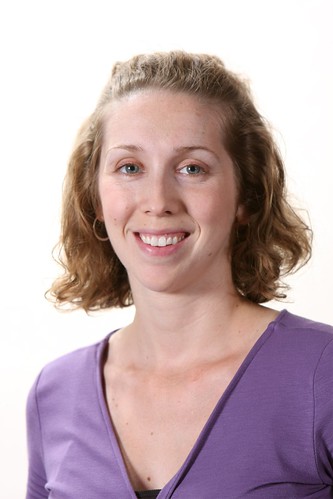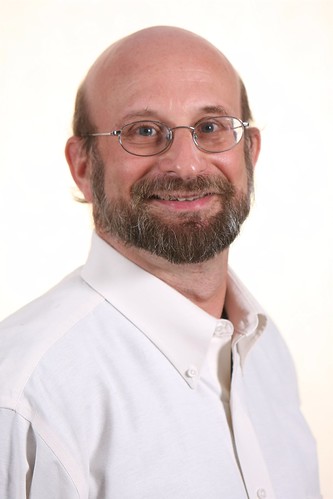AATA Welcomes Two New Board Members
/
ANN ARBOR, MI – Two new board members – Anya Dale and Roger Kerson – have been welcomed to the Ann Arbor Transportation Authority (TheRide) following their recent appointments by Ann Arbor Mayor John Hieftje with the approval of city council. Dale was appointed on May 17 and Kerson on June 7.
Dale brings to TheRide a passion for the environment, having focused much of her recent effort on encouraging sustainable land use and transportation. She earned a Bachelor of Science degree from Michigan State University in environmental biology/zoology and a Masters from Eastern Michigan University in urban and regional planning.
Dale has gained experience ranging from writing agricultural conservation and wetland restoration plans to caring for African fruit bats and coordinating annual crane count events.
Professionally, she is a project manager with the Washtenaw County Department of Economic Development and Energy. Her work includes oversight for Re-imagine Washtenaw and several energy-related projects. Dale also provides support to projects awarded the Washtenaw County Energy Efficiency and Conservation Block Grant.
Of her appointment to the board, Dale said, “As someone who walks and buses to work, I am thrilled to join the Ann Arbor Transportation Authority board. I hope my technical background, volunteer experience and passion will enable me to bring a new perspective to the board and work with the community to develop a vision for how public transit can better serve the region.

Kerson is a media consultant at RK Communications, providing public relations, advertising, social media strategy and other services to labor unions, businesses and non-profit organizations. His current projects include media relations and advertising for “Save Our Ride”, a labor-community coalition advocating enhanced support of public transit agencies across the nation.
Kerson previously served as director of public relations at the United Auto Workers, where he helped lead the union’s successful advocacy campaign for aid for the auto industry in 2008 and 2009. His writings have appeared in various publications, including the Chicago Sun Times, The Michigan Voice and Washington Monthly.
Kerson’s community service activities include serving on the board of the Washtenaw County chapter of ACLU Michigan and the Ann Arbor Housing and Human Services Advisory Board. His leadership positions have included two terms as vice president of UAW Local 1981, the National Writers Union and three years as president of the Ecology Center board of directors.
Kerson lives in Ann Arbor with his wife, Robin Kaplan, and two daughters.
“I'm committed to maintaining the highest possible quality of service for AATA riders -- and to working with fellow board members and staff to create cleaner, greener transportation alternatives in our community," said Kerson about his appointment to the board.

Dale brings to TheRide a passion for the environment, having focused much of her recent effort on encouraging sustainable land use and transportation. She earned a Bachelor of Science degree from Michigan State University in environmental biology/zoology and a Masters from Eastern Michigan University in urban and regional planning.
Dale has gained experience ranging from writing agricultural conservation and wetland restoration plans to caring for African fruit bats and coordinating annual crane count events.
Professionally, she is a project manager with the Washtenaw County Department of Economic Development and Energy. Her work includes oversight for Re-imagine Washtenaw and several energy-related projects. Dale also provides support to projects awarded the Washtenaw County Energy Efficiency and Conservation Block Grant.
Of her appointment to the board, Dale said, “As someone who walks and buses to work, I am thrilled to join the Ann Arbor Transportation Authority board. I hope my technical background, volunteer experience and passion will enable me to bring a new perspective to the board and work with the community to develop a vision for how public transit can better serve the region.

Kerson is a media consultant at RK Communications, providing public relations, advertising, social media strategy and other services to labor unions, businesses and non-profit organizations. His current projects include media relations and advertising for “Save Our Ride”, a labor-community coalition advocating enhanced support of public transit agencies across the nation.
Kerson previously served as director of public relations at the United Auto Workers, where he helped lead the union’s successful advocacy campaign for aid for the auto industry in 2008 and 2009. His writings have appeared in various publications, including the Chicago Sun Times, The Michigan Voice and Washington Monthly.
Kerson’s community service activities include serving on the board of the Washtenaw County chapter of ACLU Michigan and the Ann Arbor Housing and Human Services Advisory Board. His leadership positions have included two terms as vice president of UAW Local 1981, the National Writers Union and three years as president of the Ecology Center board of directors.
Kerson lives in Ann Arbor with his wife, Robin Kaplan, and two daughters.
“I'm committed to maintaining the highest possible quality of service for AATA riders -- and to working with fellow board members and staff to create cleaner, greener transportation alternatives in our community," said Kerson about his appointment to the board.








